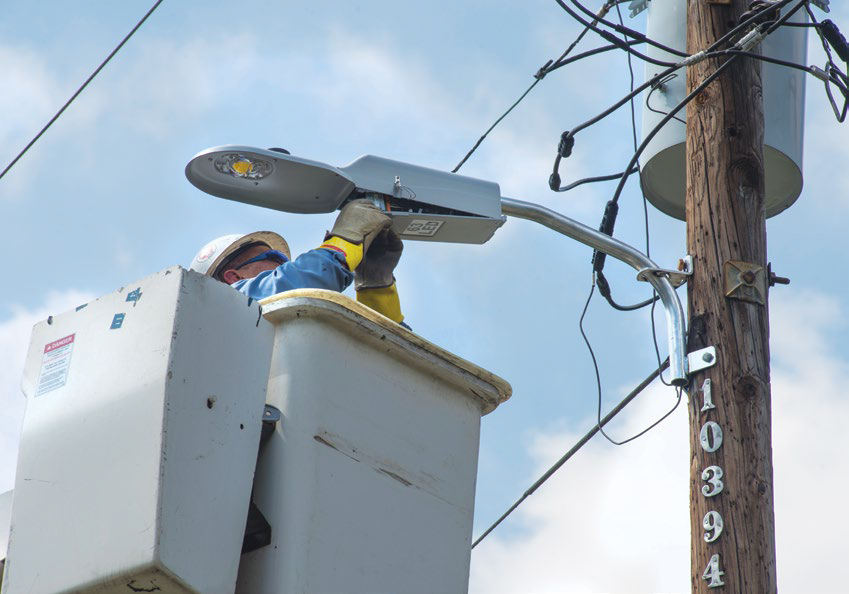




Location: Multiple outdoor locations, South-East USA
DiiA Member: Telensa
 Georgia Power, a US-based utility, has implemented wireless controls on nearly 300,000 LED street lights since 2015, in a project which is already one of the world’s largest deployments of connected street lighting. Within the next 5 years, Georgia Power expects to operate up to 1 million networked LED lights.
Georgia Power, a US-based utility, has implemented wireless controls on nearly 300,000 LED street lights since 2015, in a project which is already one of the world’s largest deployments of connected street lighting. Within the next 5 years, Georgia Power expects to operate up to 1 million networked LED lights.
DALI plays a key role in the project, automating the data transfer of asset information from the lighting fixtures to the Telensa lighting control system. Georgia Power’s Kevin Fitzmaurice explained the role played by DALI during the DiiA seminar at Lightfair International in May 2019 - see Georgia Power uses DALI for asset management and operational control.
A detailed insight into the project is provided in a White Paper by Navigant Research entitled “The Utility Case for Smart Street Lighting: Insights from Georgia Power.” The paper was commissioned by DiiA member Telensa, and can be downloaded from the Telensa website.
Telensa’s PLANet lighting-control system connects Georgia Power’s LED fixtures. It includes individual network lighting controllers (NLC) on each fixture, an Ultra Narrow Band long-range communications network and a central management system (CMS) for remote monitoring and control.
Before installation, the DALI driver in each fixture is populated with full asset information, including luminaire type, lighting pattern, colour temperature and date of manufacture. On installation, the NLC reads this DALI information from the driver and communicates it automatically to the CMS. This provides Georgia Power with a comprehensive picture of its lighting assets in the field.
The NLC also uses its GPS to accurately map every fixture, and provides a meter chip to enable time-of-use energy measurement.
Benefits
The switch to LED lighting with networked controls provided benefits to Georgia Power’s customers through reduced energy consumption and lower carbon emissions. In addition, Georgia Power’s experience was that maintenance benefits were even greater than expected.
For example, the NLC on each street light reports problems automatically, reducing the number of customer complaints to the utility call centre, and eliminating the need for expensive checks by maintenance teams on street lighting performance. Instead, repair crews are provided with all the required information to perform their maintenance work efficiently.
DALI has enabled asset information to be prepopulated and picked-up automatically by the NLC. This automation of previously manual on-site tasks has enabled Georgia Power to deploy LED fixtures faster and more accurately than ever.